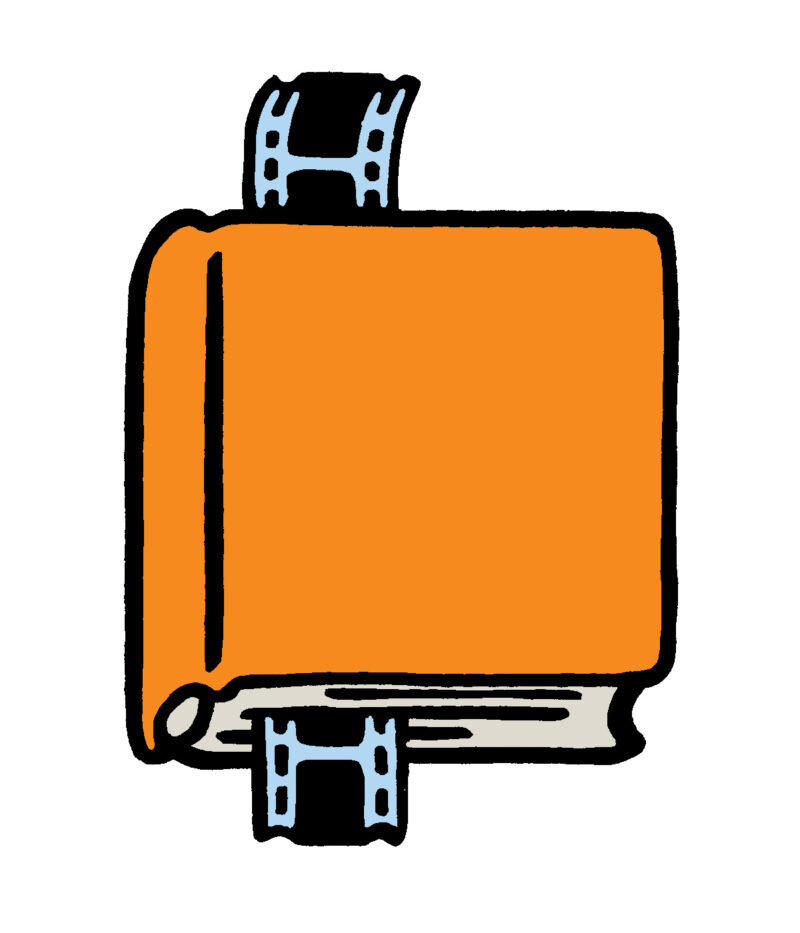In her latest book, My Life as a Godard Movie, Joanna Walsh uses the claustrophobia of pandemic lockdown to review what has been her lifelong obsession with the films of the late Jean-Luc Godard, or particularly the women of his films—Anna Karina, Jean Seberg, Brigitte Bardot—muses who drifted through prostitution rings, criminal underworlds, and revolutionary collectives looking effortlessly gorgeous in Dior and Givenchy until their inevitable violent demise by car crash or gunshot. Walsh’s retrospective focuses on the beauty of these women—the weight of carrying such beauty, the influence of it on a viewer’s desire—and the filmmaker’s trade in the commodity of their beauty. In Godard films, feminine beauty is a contract for violent death.
Walsh’s critique here will not be shocking to film buffs, as she finds much in common with what film theorist Laura Mulvey famously identified, in the ’70s, as the problem of the male gaze in movies: “The determining male gaze projects its phantasy onto the female figure… with their appearance coded for strong visual and erotic impact so that they can be said to connote to-be-looked-at-ness.” It is perhaps not surprising that the films of Godard offered the bulk of Mulvey’s evidence; certainly, it doesn’t surprise Joanna Walsh, who reminds us, “Godard plots are driven by desire. For excitement, money, utopia, sex but seldom love. Love is their by-product; beauty its currency… Beauty is not an experience for the beautiful, but the eye, the mirror, the lens.”
Walsh’s project blurs creative nonfiction and film critique, which seems like a nod not just to French film but to French literary modes as well, to auto-fiction and auto-ethnography—Annie Ernaux’s The Years or Emmanuel Carrère’s My Life as a Russian Novel, for instance—which, even when focused on objective reportage, crystallize around the author’s own memoir, and the “I” overwhelms: in short, our lives will overtake anything we attempt to analyze. Or, as Walsh says of Godard, “Though many of Godard’s New Wave films are about women, their subject is never quite a subject.”
Walsh is less invested in any critical blame game, however, and keeps a relatively even hand in treating Godard’s project as often outside his control—she finds that the power of the women’s beauty and the women’s gazes linger beyond the film, in spite of their narrative ends in...
You have reached your article limit
Sign up for a digital subscription and continue reading all new issues, plus our entire archives, for just $1.50/month.
Already a subscriber? Sign in





